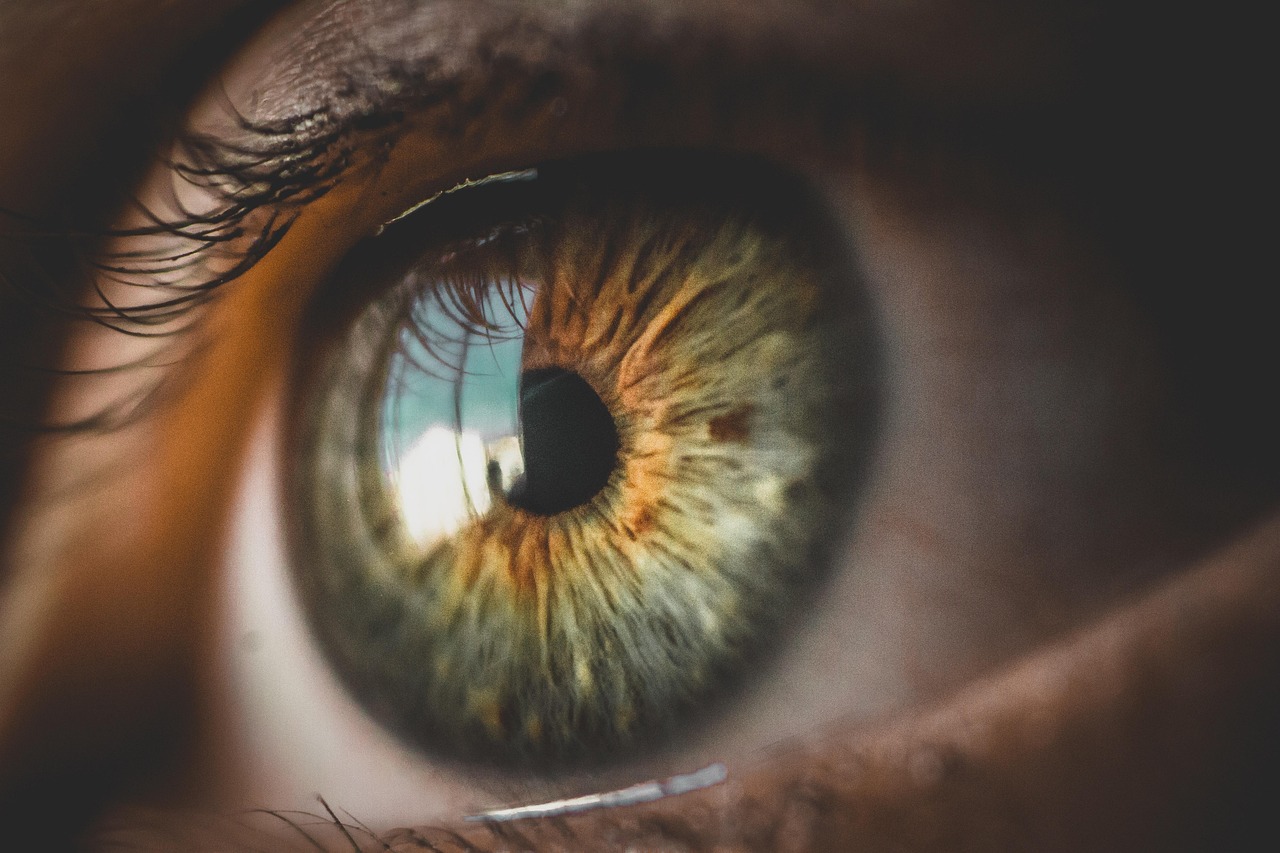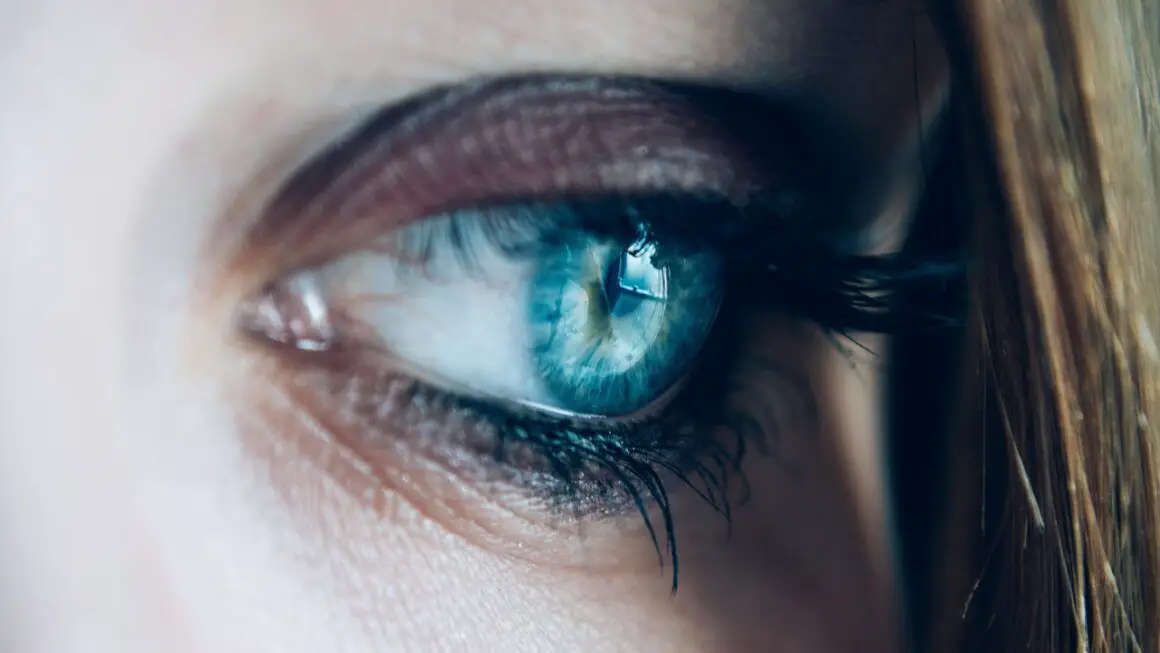Eye irritation can range from a mild, temporary annoyance to a debilitating condition that significantly impacts your daily life. Whether it’s a gritty feeling, redness, excessive tearing, or blurred vision, understanding the causes and potential remedies for eye irritation is crucial for maintaining optimal eye health and comfort. This comprehensive guide will explore the common culprits behind eye discomfort, provide practical tips for relief, and outline when it’s essential to seek professional medical advice.
Common Causes of Eye Irritation
Eye irritation can stem from a multitude of factors, ranging from environmental influences to underlying health conditions. Identifying the root cause is the first step towards effective relief and prevention.
Environmental Factors
Our eyes are constantly exposed to various environmental irritants that can trigger discomfort.
- Dry Air: Low humidity, whether from indoor heating or arid climates, can evaporate the tear film, leading to dryness and irritation.
Example: Working in a centrally heated office during winter often causes dry eye symptoms.
- Pollution and Allergens: Air pollution, pollen, dust, and pet dander are common allergens that can cause inflammation and itching.
Example: Seasonal allergies are a major cause of itchy, watery eyes for many people. Pollen counts are often reported with weather forecasts.
- Smoke: Cigarette smoke, wood smoke, and even campfire smoke can irritate the eyes.
Example: Being around a bonfire can quickly lead to red, irritated eyes.
- Wind: Exposure to strong winds can dry out the eyes and blow debris into them.
Example: Riding a motorcycle or bicycle without eye protection can significantly increase wind exposure and eye irritation.
Lifestyle and Habits
Certain lifestyle choices and habits can contribute to eye irritation.
- Screen Time: Prolonged screen use, such as working on a computer or watching television, reduces blinking frequency, leading to dry eyes.
Example: The “20-20-20 rule” (every 20 minutes, look at something 20 feet away for 20 seconds) can help reduce eye strain.
- Contact Lens Wear: Improper contact lens care, overuse, or poorly fitting lenses can irritate the cornea.
Example: Failing to clean contact lenses properly can lead to bacterial infections and irritation.
- Cosmetics: Certain makeup products, especially those containing harsh chemicals, can irritate the eyes.
Example: Mascara flakes can often get into the eyes, causing discomfort and potential infections. Using hypoallergenic products is recommended.
- Dehydration: Not drinking enough water can contribute to overall dryness, including dry eyes.
Example: Aim for at least eight glasses of water a day to stay hydrated.
Medical Conditions
In some cases, eye irritation may be a symptom of an underlying medical condition.
- Dry Eye Syndrome: This chronic condition occurs when the eyes do not produce enough tears or the tears are of poor quality.
Example: Dry eye syndrome can be caused by hormonal changes, autoimmune diseases, or aging. According to the American Academy of Ophthalmology, dry eye affects millions of adults in the United States.
- Blepharitis: Inflammation of the eyelids, often caused by bacteria or skin conditions like dandruff.
Example: Blepharitis can cause red, swollen eyelids and crusty eyelashes.
- Conjunctivitis (Pinkeye): Inflammation of the conjunctiva, the clear membrane covering the white part of the eye and the inside of the eyelids.
Example: Conjunctivitis can be caused by viral or bacterial infections, allergies, or irritants.
- Sjögren’s Syndrome: An autoimmune disorder that affects the moisture-producing glands, including those in the eyes and mouth.
Symptoms of Eye Irritation
The symptoms of eye irritation can vary depending on the cause and severity. Recognizing these symptoms early can help you take appropriate action.
- Redness: Bloodshot eyes are a common sign of irritation.
- Itching: A persistent urge to rub the eyes.
- Burning: A stinging sensation in the eyes.
- Grittiness: A feeling of having something in the eye.
- Watering: Excessive tearing as the eyes try to flush out irritants.
- Blurred Vision: Temporary blurring of vision.
- Sensitivity to Light (Photophobia): Discomfort or pain when exposed to bright light.
- Dryness: A feeling of dryness or scratchiness in the eyes.
- Eye Fatigue: Tired or strained eyes, especially after prolonged screen use.
Practical Tips for Relief
Fortunately, there are several practical steps you can take to alleviate eye irritation.
Home Remedies
- Artificial Tears: Over-the-counter artificial tears can provide temporary relief from dry eyes. Choose preservative-free options if you use them frequently.
Example: Use artificial tears every few hours, especially when working on a computer or in dry environments.
- Warm Compresses: Applying a warm compress to your eyelids for 10-15 minutes can help soothe irritation and loosen crusty debris.
Example: Soak a clean washcloth in warm water, wring it out, and apply it gently to your closed eyelids.
- Eyelid Hygiene: Cleanse your eyelids gently with a mild soap or eyelid cleanser to remove debris and bacteria.
Example: Use a cotton swab or clean cloth to gently scrub the base of your eyelashes.
- Humidifier: Using a humidifier can add moisture to the air and reduce dry eye symptoms.
Example: Place a humidifier in your bedroom or office to combat dryness.
Lifestyle Adjustments
- Blink More Frequently: Consciously blink more often, especially when using screens.
Example: Set a reminder to blink every 20 minutes.
- Take Breaks from Screens: Follow the 20-20-20 rule to reduce eye strain.
- Wear Sunglasses: Protect your eyes from sunlight and wind by wearing sunglasses with UV protection.
Example:* Choose sunglasses with 100% UVA and UVB protection.
- Stay Hydrated: Drink plenty of water throughout the day.
- Avoid Irritants: Minimize exposure to smoke, pollution, and allergens.
When to See a Doctor
While many cases of eye irritation can be managed with home remedies, it’s essential to seek medical attention if you experience:
- Severe pain: Intense eye pain that doesn’t subside.
- Sudden vision changes: A sudden decrease in vision or double vision.
- Sensitivity to light: Severe photophobia.
- Discharge: Pus or excessive discharge from the eye.
- Injury: Eye injury or trauma.
- Persistent symptoms: Symptoms that don’t improve with home remedies after a few days.
- Suspected infection: Signs of infection, such as redness, swelling, and discharge.
A doctor can diagnose the underlying cause of your eye irritation and recommend appropriate treatment, which may include prescription eye drops, antibiotics, or other medications.
Conclusion
Eye irritation is a common but often manageable condition. By understanding the potential causes, recognizing the symptoms, and implementing practical relief strategies, you can maintain healthy and comfortable eyes. Remember to prioritize good eye hygiene, make necessary lifestyle adjustments, and seek professional medical advice when needed. Taking proactive steps will help you protect your vision and overall well-being.




